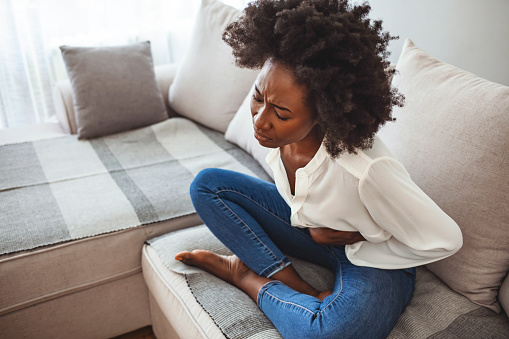
Dysmenorrhea is the medical term for menstrual cramps & it’s prevalence is up to 91% in women of reproductive age (Ju, 2014). There are two types: primary and secondary (ACOG, 2020)
Primary dysmenorrhea is commonly experienced during monthly menstruation and it isn’t due to other diseases. It starts 1 or 2 days before periods arrive or when the bleeding starts.
Secondary dysmenorrhea is the term used for a painful period resulting from an infection or disorder of the female reproductive organs. It begins earlier in the menstrual cycle and lasts longer than the common menstrual cramps.
What causes painful menstrual cramps?
When the uterus contracts too strongly, it presses against nearby blood vessels, cutting off the supply of oxygen to muscle tissue. Pain is felt when part of the muscle briefly loses its supply of oxygen.
Conditions that cause secondary dysmenorrhea:
Common ways to relieve mild menstrual cramps:
- Taking painkillers
- Using heating pads or hot water bottles
- Resting
- Avoiding smoking, alcohol and caffeine.
- Exercising
- Alternative therapies like yoga, massage, acupuncture, relaxation and breathing exercises
Women with secondary dysmenorrhea can discuss with doctors for treatments like oral contraceptives, other medications, or surgery.for the condition causing the pain.
When to Call Your Doctor
If you have severe or unusual menstrual cramps that last more than 2 or 3 days, tell your doctor. Both types of menstrual cramps can be treated, so it’s important to get checked, don’t suffer in silence.